Samsung Galaxy Note 9 vs Galaxy Note 8

Review index
Display | Interface | Performance and Memory | Camera | Multimedia | Call quality | Battery life | ConclusionThe mighty Samsung Galaxy Note 9, it’s been unwrapped and sets the tone for the backend of the year. As with any successive device, however, there are always going to be some people wondering if it’s worth the upgrade over last year’s offering, especially if it is still a solid contender in the space. Obviously, cost and performance are going to dictate the need to upgrade, but we’re going to dive in and really put these two giant-sized smartphones through a proper comparison to uncover their differences. If you’re an existing Note 8 owner, you may want to pay extra attention!
Design
Aesthetically, it would be difficult for anyone to tell the two smartphones apart. From their metal-meets-glass premium constructions to the placement of their ports and buttons, there’s no denying that Sammy has recycled the majority of the design. To be technical, though, the Note 9’s is shorter and heavier, but it’s almost indistinguishable when you hold the two together in the hand. Still, there are a few changes to the design.
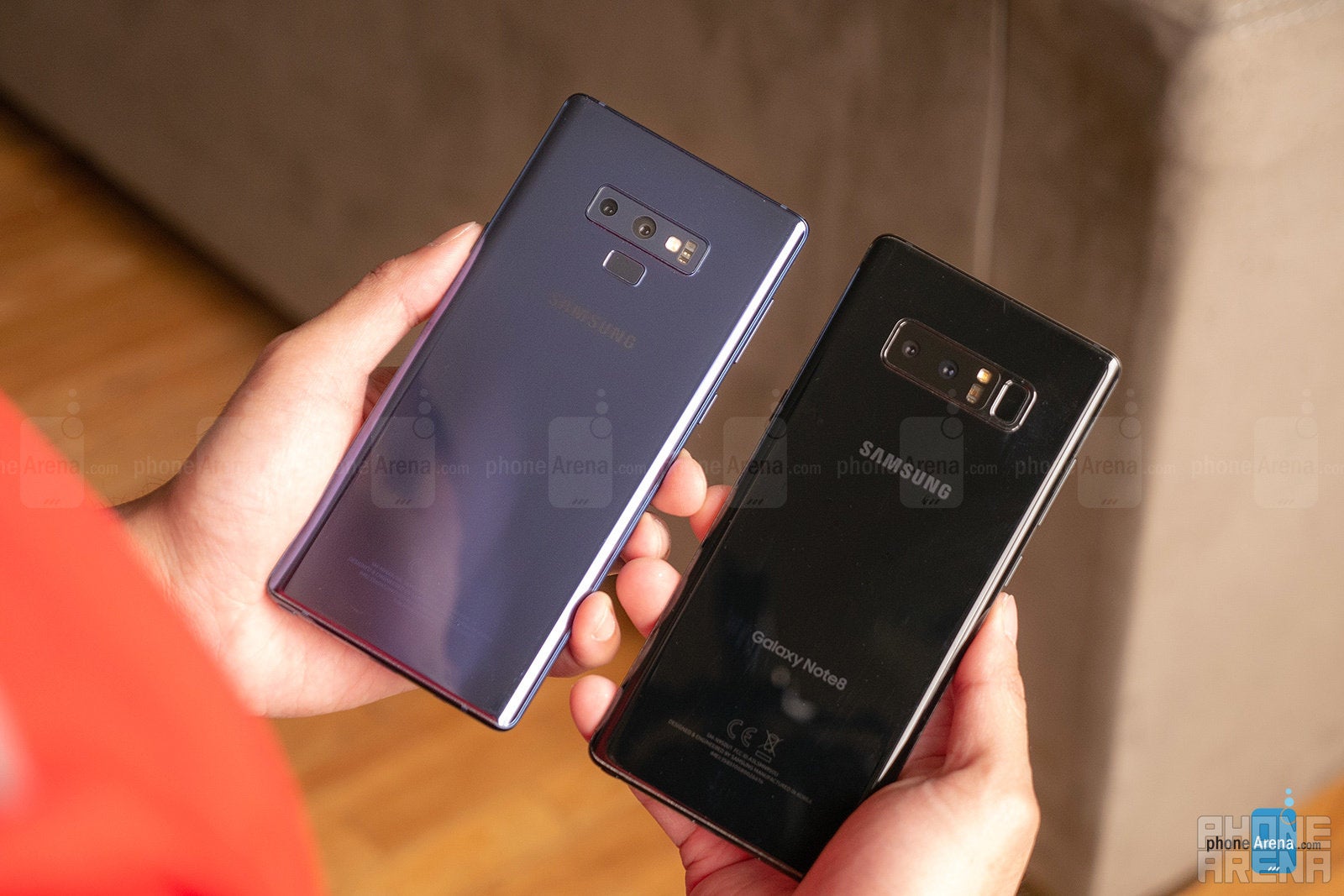
Secondly, the mighty S Pen with the Note 9 has been upgraded with Bluetooth LE connectivity for additional functionality. At the core, though, the S Pens with both devices function similarly in providing users that pen and paper-like experience when it comes to jotting down notes and drawing sketches, but now the Note 9’s S Pen becomes an extension of the phone. That’s because it can be used as a remote shutter for snapping photos, navigating between slides in a presentation, and even offering media playback controls. The added functionality is useful, but we wouldn’t necessarily say that they’re essential.
And lastly, the cameras on the Note 9's back occupy less room that what we see with the Note 8. It may be negligible for some people, but it’s still nonetheless a noticeable difference with their designs.
Display
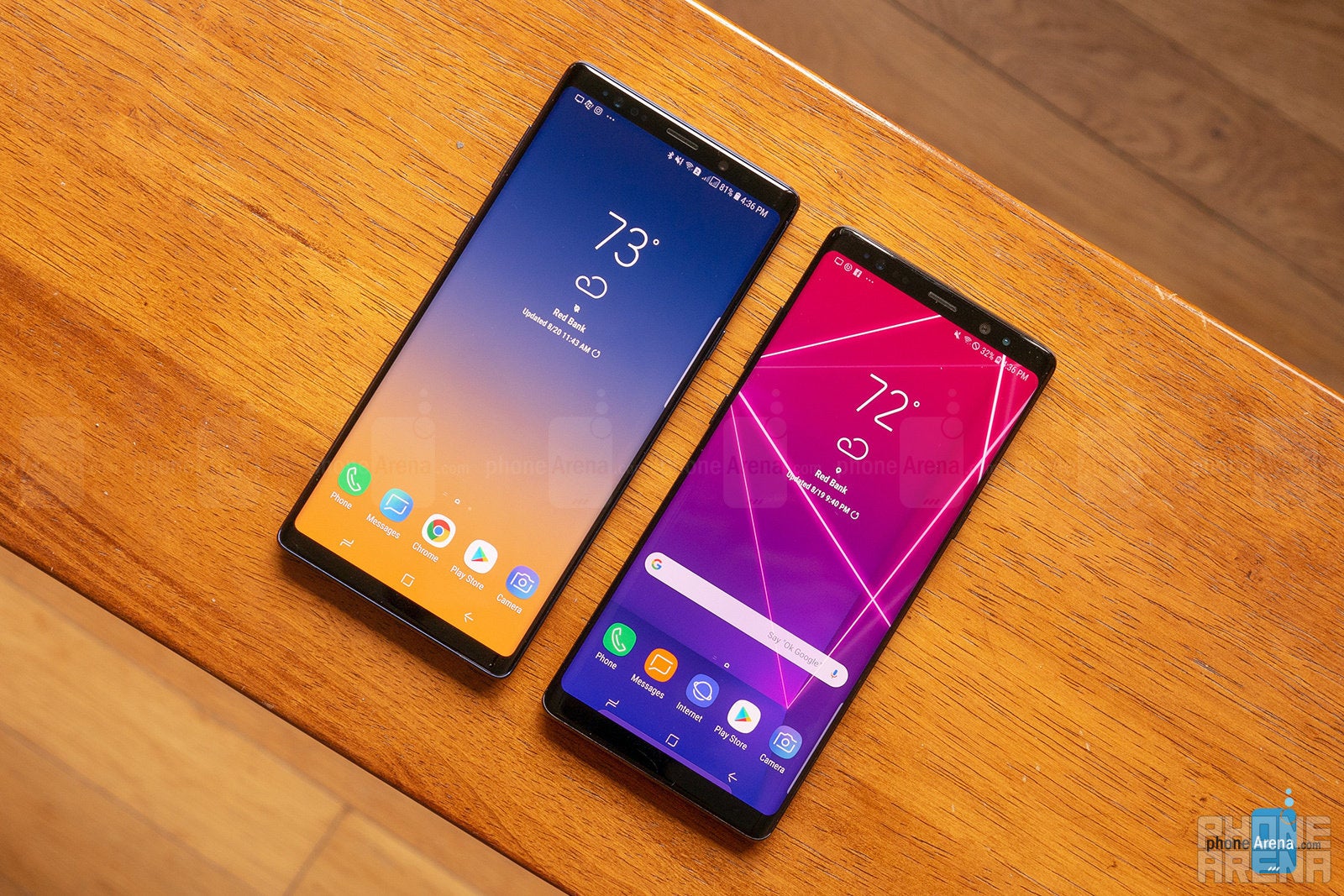
Specs aside, the characteristics between them are surprisingly similar, which would lead many to believe that they’re identical. While their spot-on ~6400K color temperatures and color accuracy in the sRGB gamut chart appear to be the same, the only improvement we see with the Note 9 is its stronger brightness output of 575 nits, which is a step up over the Note 8’s mark of 518 nits. Naturally, that increase helps in the Note 9’s visibility outdoors under direct sunlight, but the Note 8 is still visible as well. This is truly a case for that age-old adage of if it ain’t broke, don’t fix it.
Interface
At this very moment, both the Note 8 and Note 9 are running Android 8.0 Oreo – with the two on tap for Android 9.0 Pie whenever it becomes available. Superficially, there’s no denying the incredible focus on productivity that’s offered by the two experiences, as they’re packing nearly the same arsenal. They include things like Edge Panel for quick shortcuts, side-by-side apps windows for better multi-tasking, one-handed mode for easier operation, and vast S Pen functions to jot down notes and drawing stuff.
Performance and Memory
Newer is better, that’s the expectation whenever a new product succeeds a previous one. However, the question that needs to be asked is actually how much better it is? Predictably so, the Note 9 leverage the latest silicon from Qualcomm, the Snapdragon 845 for US-bound models – while international units will be running the Samsung Exynos 9810. Running several benchmark tests on our Exynos-packing Note 9, it already confirms the obvious performance boost, but when it comes to real-world results, the Note 8’s Snapdragon 835 SoC conjures the same level of responsiveness and finesse with basic operations.
Graphics benchmark tests also indicate a boost to the Note 9’s performance, resulting in faster frame rates. We should also point out that the Note 9 features a new carbon water cooling system, which is purported to stabilize the phone’s temperature while carrying out processor-intensive applications. However, we still found the Note 9 a little bit toasty to the touch when playing some games for a period of time. As for the Note 8, it still carries itself in a high manner in this area because it can handle all of today’s games.
Camera
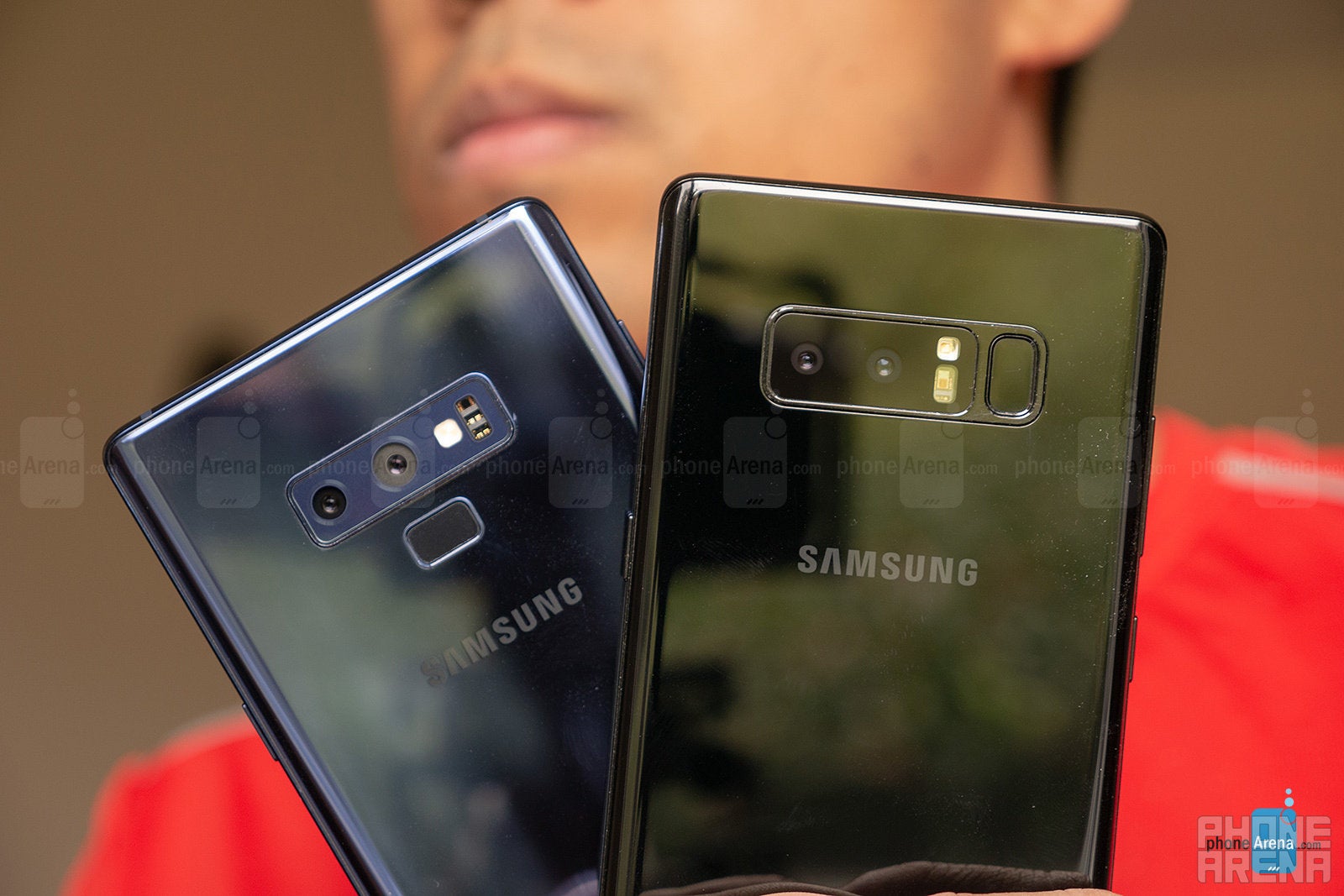
On the software side, there’s an assortment of modes available with both, but the Note 9 benefits from having additional features such as AR Emoji, super slow-mo, and a new “scene optimizer” mode that intelligently detects a scene and applies enhancements to improve the look of the shot.
Image Quality
When there’s good lighting around, you won’t be disappointed by the results from either smartphone. They’re definitely stunning, nothing short of breathtaking. However, there are a few minor differences that we can point out after investigating the shots more closely. For starters, the Note 9 tones down some of the enhancements, as the Note 8 samples clearly tend to have more contrast and saturation. While details remain rich and plentiful, there’s a subtle amount of sharpening applied to the Note 9’s shots.
In low-light situations, we’re giving the advantage to the Note 9, mainly because its shots look cleaner in general. Don’t get us wrong, the Note 8 captures some good looking low-light shots, but its performance is just a smidgen noisier and softer. The Note 9’s stronger performance can be attributed to its wider f/1.5 aperture, which allows it to capture more light.
Video Quality
Moving onto video recording, there are no surprises here considering that the Note 9 already showed us an advantage with still photography. Its superiority, while very miniscule, is evident in the various recordings we captured. First and foremost, we’ll admit that their performances are top-notch amongst smartphones in general, but as we’re required to closely inspect the results here, we uncover some differences between them. It’s worth pointing out that the Note 9 benefits from a newer UHD 3840 x 2160 recording at 60 FPS.
Details are very strong with the two when comparing their UHD footage at 30 FPS. However, the Note 9’s performance is strengthened by its ability to stabilize footage better, a sharper overall tone, and better handling of dynamic range. The Note 8 just seems to struggle when it comes to adapting from low to high exposure scenes, since there’s some noticeable artifacting elements produced in the process. On top of that, the Note 8’s footage is shakier.


And finally, the Note 9 has the edge when it comes to slow motion video – thanks in part to its super slo-mo mode that captures video in 720p at 960 FPS. You’ll get some ridiculously smooth slow-motion footage with this mode, which dishes up a whole new perspective for capturing video.
Multimedia
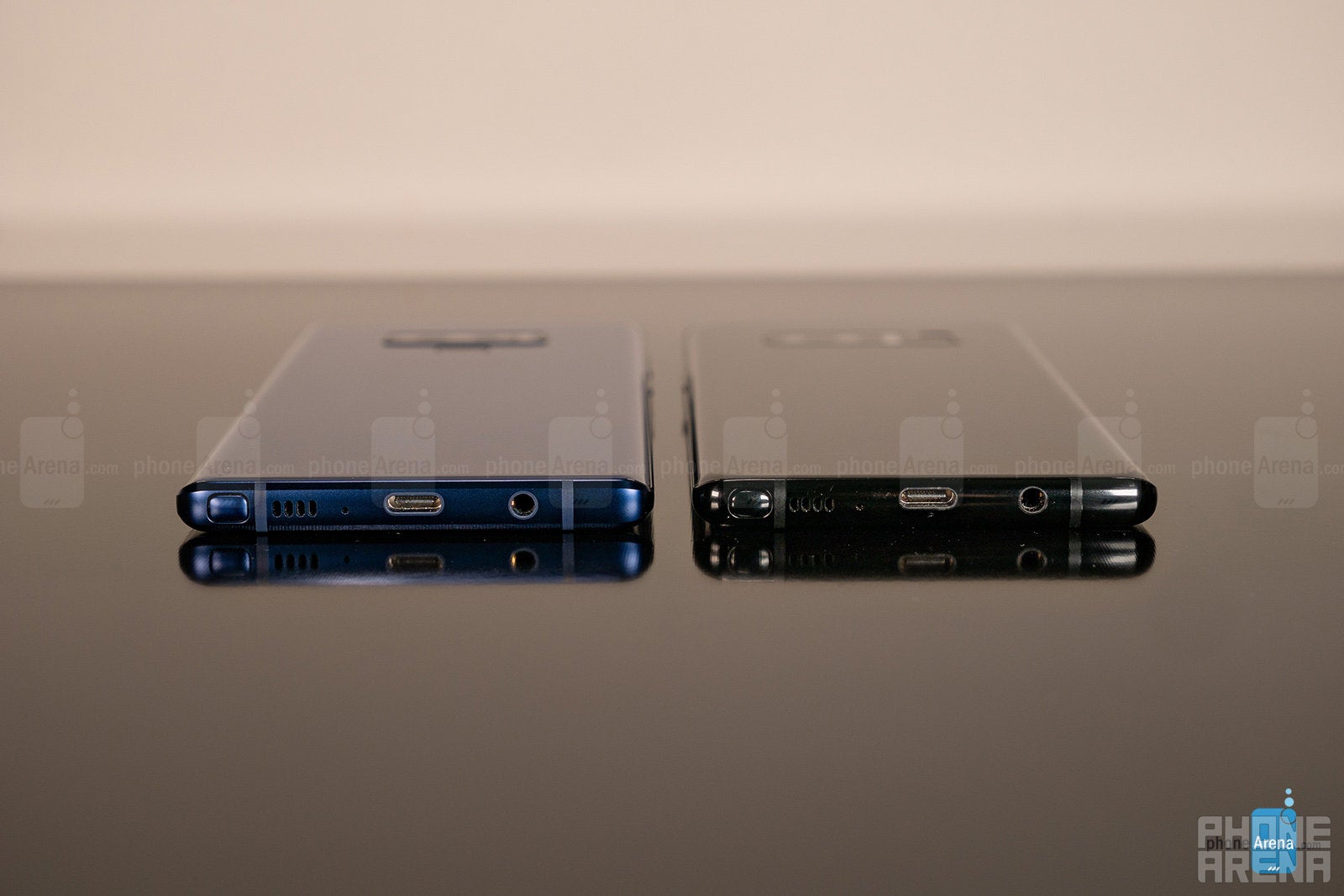
Videos look absolutely amazing on these phones' Quad HD+ Super AMOLED displays. Believe us when we say that playback is rather hypnotic, especially when watching HDR clips on YouTube. However, it seems as though that it’s only the Note 9 that can play back videos in 1440p60 HDR format.
Call Quality
Sure, their gigantic sizes don’t make them the most ideal candidates for phone calls, but they don’t get in the way when it comes to call quality performance. Conversations are handled decently, and in our experience, they both suffice for the occasion. Voices are generally audible without sounding too artificial through the earpiece, while their speakerphones are loud enough to be usable during noisy conditions.
Battery life
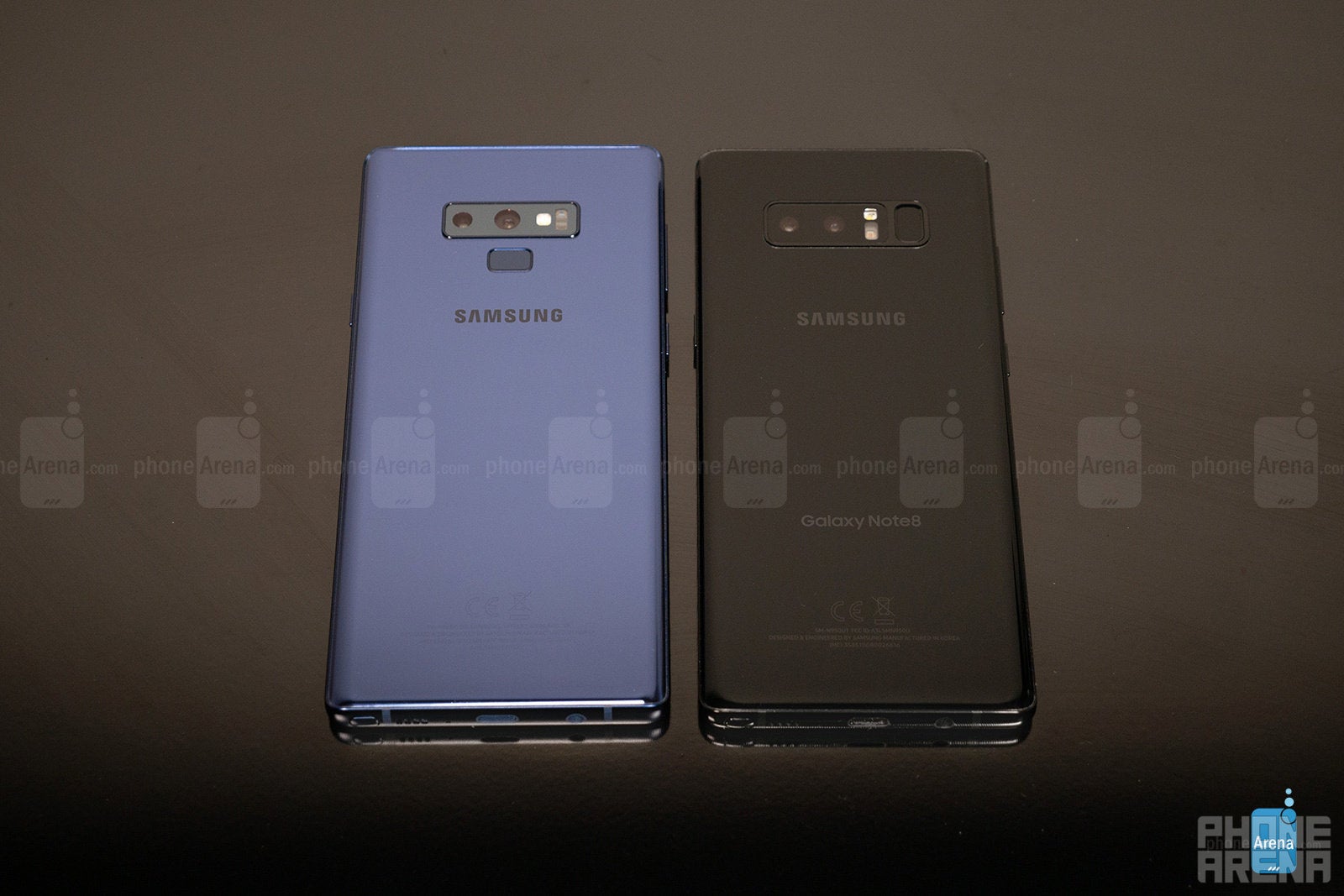
At the same time, too, the Note 9’s battery doesn’t need a whole lot of extra time to recharge. In fact, it’s almost just as fast as the Note 8! Last year’s model requires 102 minutes to get back to full capacity, whereas the Note 9 zips close to that at 109 minutes. Factoring in the higher capacity battery that’s in tow, the Note 9 is incredibly zippy with its recharge. And finally, they both offer the convenience of wireless charging.
Conclusion
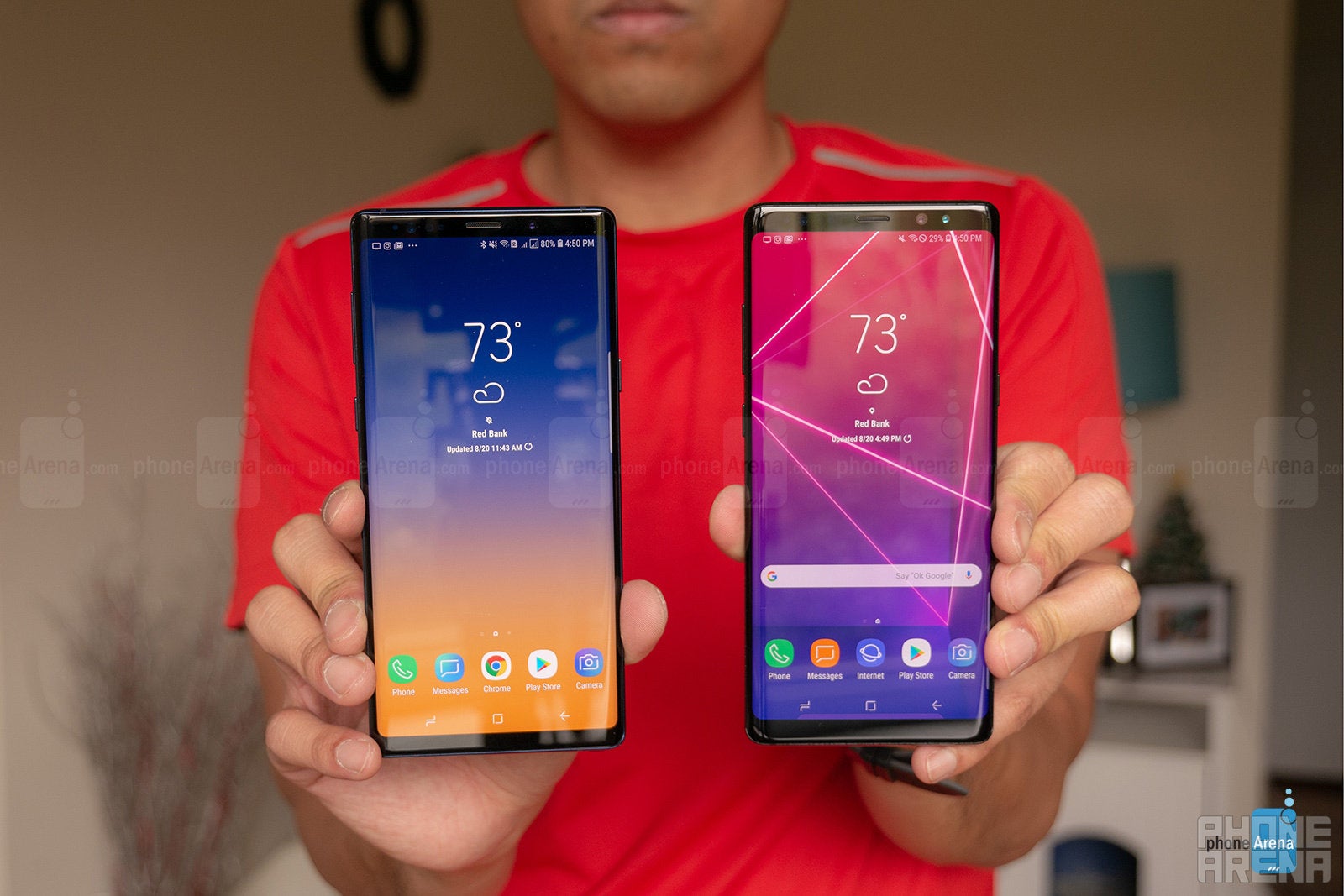
Now, if you tell us that you’re torn between one of the two phones as your next device, then that’s a totally different story. At this very moment, the Note 8 can be fetched for as low as $600 through a carrier (Verizon) – or $750 for an unlocked one. The savings are no doubt tempting, which adds more difficulty with the decision. But we’re inclined to say to go with the Note 9, despite the substantial investment. There's not only the Note 9’s newness and set of additional features that you'll get, but also possibly a bunch of freebies that come along if you pre-order. And you'll spend less money if you intend on accessing its DeX desktop-like experience!
Follow us on Google News
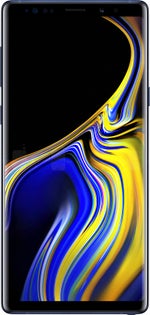
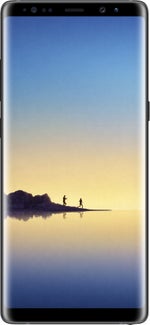








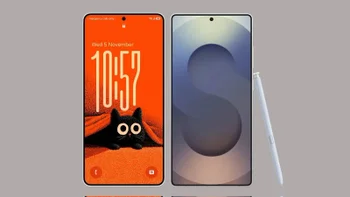




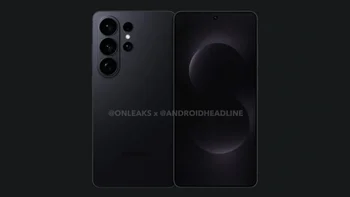





Things that are NOT allowed:
To help keep our community safe and free from spam, we apply temporary limits to newly created accounts: